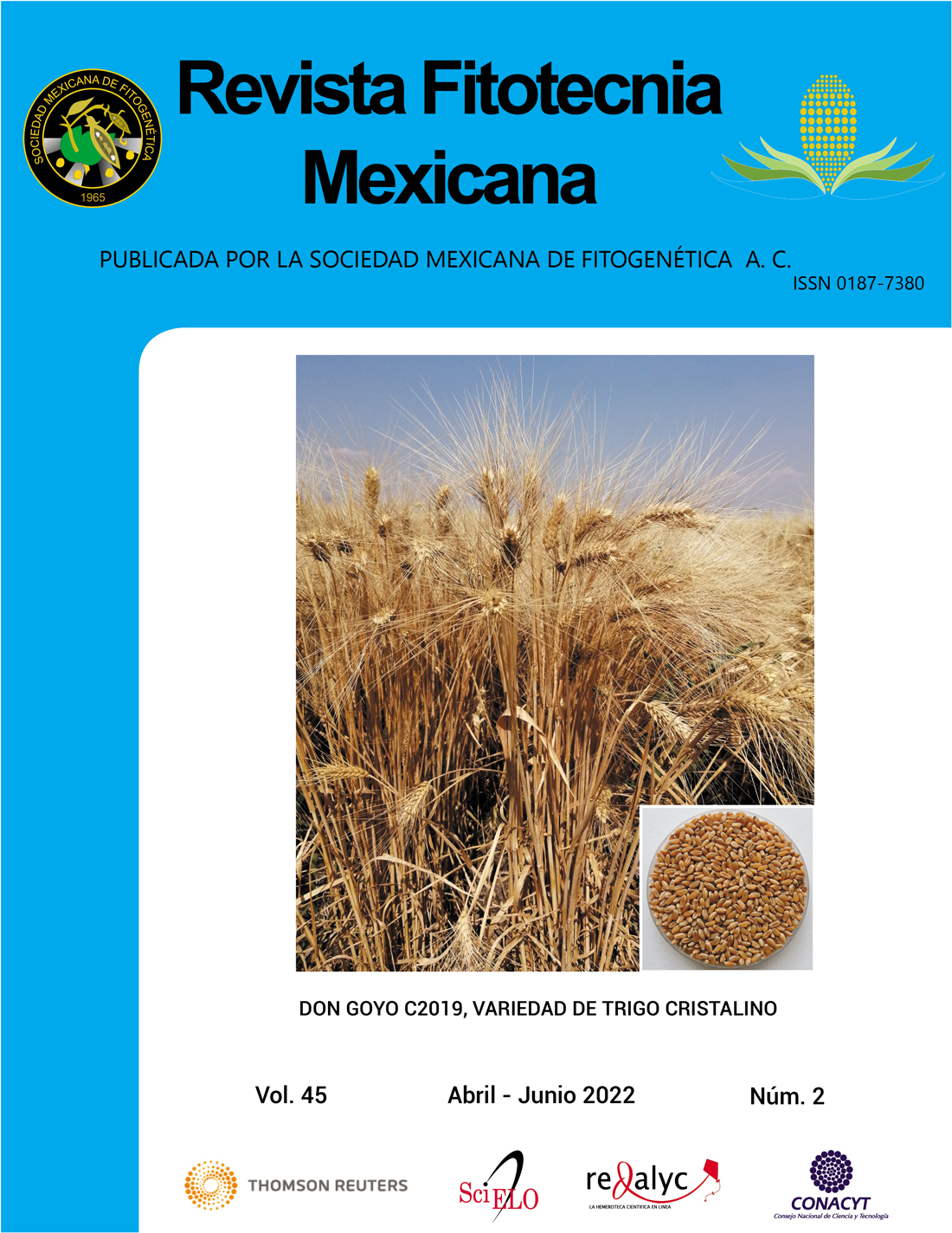ZUCCHINI PRODUCTION WITH AND WITHOUT MANUAL POLLINATION UNDER NETHOUSE CONDITIONS
Main Article Content
Abstract
Protected agriculture promotes better growing conditions to maximize crop production, product quality and resource efficiency. Pollination influences yield quality or quantity and its proper management can contribute to obtaining sustainable yields. The present study was carried out with the objective of knowing the influence of manual pollination on plant growth and fruit yield of commercial zucchini cultivars (Cucurbita pepo) under nethouse conditions. A randomized complete block design with 2 × 10 a factorial arrangement (two types of pollination and 10 cultivars) with six replications was used. Five of the zucchini cultivars were of the Gray zucchini type (Chabela, HMX586429, Aurora, Macaria and Hurakan) and five of the Green zucchini type (Prestige, Ebano, Verona, Jacobo and Torino); these were grown with hand pollination of flowers (WP) and without hand pollination (WOP). Cultivation without hand pollination caused increases in plant height (WOP/HMX586429: 196.7 cm), stem diameter (WOP/Ebano: 20.4 mm), leaf area index (WOP/Ebano: 3.5 m2 m-2), plant dry weight (WOP/HMX586429: 425.7 g) and yield for the national market (WOP/Aurora: 24.9 t ha-1), while manual pollination increased fruit set (WP/Verona, WP/Jacobo and WP/Torino: 100 %), fruit diameter (WP/Hurakan: 52.3 mm), fruit length (WP/Verona: 204 mm), fruit weight (WP/Jacobo: 263.2 g), total yield (WP/HMX586429: 79.7 t ha-1) and yield with export quality (WP/ HMX586429: 74.1 t ha-1). Even without hand pollination, from 4.9 (WOP/ Aurora) to 52.1 % (WOP/Torino) of the fruits were able to reach marketable size and shape.

